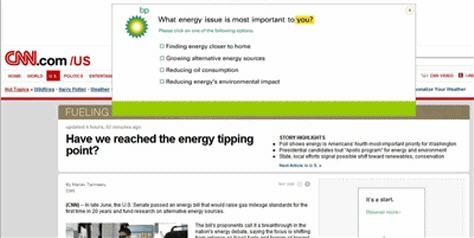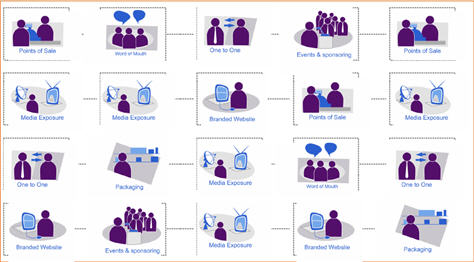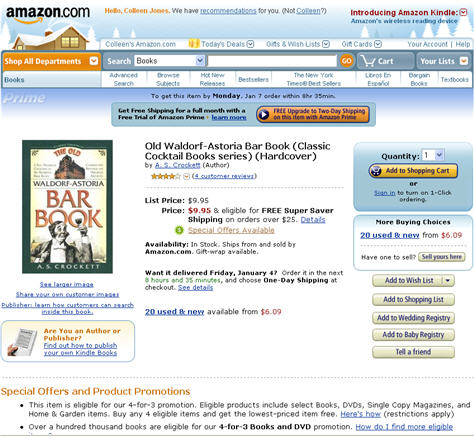Defining Engagement
Part of the controversy about engagement is that different people define and think about it in different ways. I’ll explain engagement from two perspectives, and you may encounter others.
A Working Definition
As far as official definitions go, here is the Advertising Research Foundation’s working definition of engagement:
“Engagement is turning on a prospect to a brand idea enhanced by the surrounding context.”
What does that mean, exactly? In her article “Cracking the Engagement Code,” Mollie Spillman interprets it as an “indicator of the propensity of a brand message to resonate and connect with a prospect and ultimately drive some kind of meaningful action.” [1] The focus is less on how many people experience the message and more on what the message means to people—especially considering whether the appreciation of meaning leads to an action such as a purchase or a click. In the interactive world, a simple example of designing for engagement is placing an ad in a context where it is likely to have meaning. For instance, a BP ad about the company’s environmental efforts appears on CNN.com beside an article about the environment, shown in Figure 1. Because this BP ad relates to the article’s topic, I was interested in getting more information and clicked the ad to expand it.

Engagement—Is It Something We Should Measure?
Much of engagement’s controversy arises when people try to define it strictly as a marketing measurement. Some people say that engagement cannot be measured, so we should stick with traditional metrics such as reach—how many people experience a message—and frequency—how often people experience a message.
Other people say measures of engagement turn traditional measurement on its head. For example, Spillman views engagement as a collection of measurements, including reach, frequency, and the following considerations:
- interactivity—Any form of voluntary or permission-based involvement—such as clicking an ad or clicking a link for more information—implies an element of engagement. If someone acknowledges a brand message in some way and expresses interest through interaction, engagement is beginning to occur. [1]
- duration—This is the unifying component of engagement. The more time someone spends interacting with an advertisement, the greater the chances that person will absorb and act on the ad’s message. [1]
One way of evaluating engagement—especially across different channels and marketing programs—uses a point system that is similar to a traditional media rating system. Hunter Hastings, CEO of EMM Group, has proposed such a system, in which consumers would report which contacts were most important to their ultimate purchase decision and evaluators would assign engagement points accordingly. [2] Figure 2 shows Hastings’s example of channels and customer touchpoints for which we can measure engagement. His organization also conducted a study that showed a strong correlation between a brand’s share of customer engagement and its share of the market.


